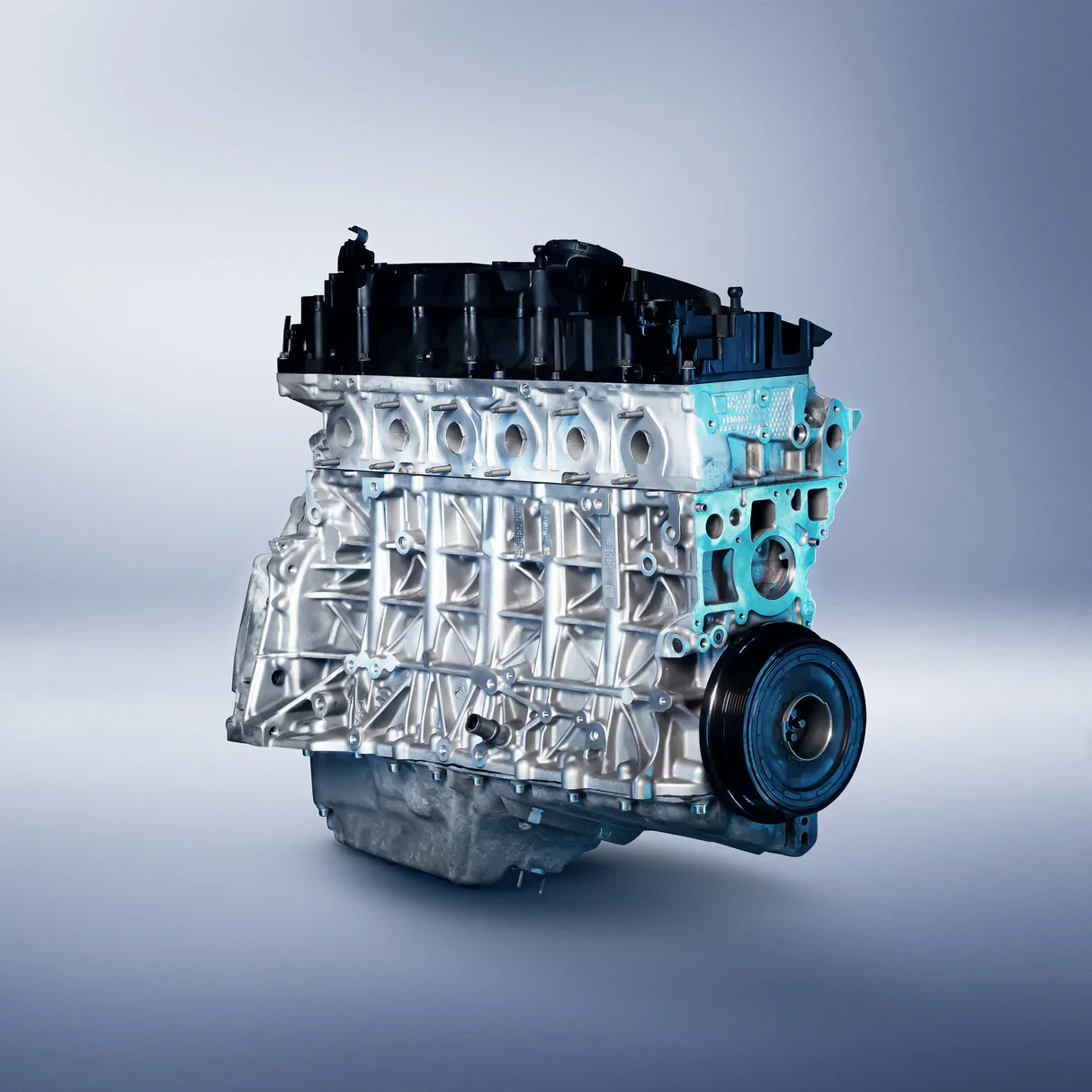Engine-pedia: Germany’s diesel hammer, the BMW N57
The BMW N57 will make you forget everything you think you know about diesel engines: we’re not talking about clattery old tractor donks here. BMW’s N57 series is a genuine, high-performance straight-six that offers mountains of torque and surprising tunability. For the 4x4 and off-road crowd this German torque monster is quickly becoming the go-to alternative to conventional petrol straight-six and V8 engines, or other diesel swaps.
The N57 is the direct successor to the highly respected M57 turbo-diesel. It debuted in 2008 and formed the backbone of BMW’s mid-to-high-end diesel lineup until it was phased out by the B57 in 2015. It was engineered to be lighter, more powerful, and cleaner than its predecessor, utilising an all-aluminum construction.
The N57 features a strong, closed-deck aluminum block, a welcome change from the earlier iron blocks, which helps reduce overall vehicle weight. It employs a common-rail direct injection system that runs at extremely high pressure (up to 2,000 bar or 29,000 psi) and features piezoelectric injectors for rapid, precise fuel delivery.
Note: The physical dimensions are largely constrained by the straight-six geometry, keeping the N57 series roughly the same length and width as a petrol N54 or N55 engine.
The N57 is an absolute monster when it comes to tuning, mainly because it offers a 1-2 punch of high compression and forced induction, inherently generating massive torque.
Stage 1 ECU Tune (ECU Flash): This is where the N57 shines. A simple software re-flash (no hardware changes) can often push the single-turbo version to over 240 kW (320 hp) and a colossal 680Nm (500lb-ft) of torque. The twin-turbo T2 can easily exceed 750Nm (553lb-ft ).
Hardware Upgrades: Upgrading the turbocharger(s), intercooler, and installing a de cat downpipe (often required for power and reliability) can push outputs well into the 300 kW (400 hp) range with torque figures approaching 850Nm (627lb-ft ).
The Tri-Turbo (N57S): The ultimate factory N57 uses three turbochargers (two small, one large) and can be tuned to over 450 hp and 900Nm (664lb-ft ), making it capable of embarrassing far more exotic machinery off the line.
The high-pressure common-rail system and strong aluminum block provide a fantastic platform for exploiting the high-octane-equivalent combustion of diesel, resulting in staggering mid-range acceleration.
Like any modern performance engine, the N57 has a few well-known weak points, often linked to complex emissions and cooling systems:
Timing Chain: The main concern is the timing chain, which is located at the rear of the engine (against the firewall). While generally durable, failure requires engine removal, leading to costly preventative maintenance (around the 250,000 km mark).
Swirl Flaps: Located in the intake manifold, these plastic flaps can break off and enter the combustion chamber, leading to catastrophic engine damage. Many enthusiasts perform a swirl flap delete as a simple preventative measure.
EGR and DPF Issues: The Exhaust Gas Recirculation (EGR) cooler and the Diesel Particulate Filter (DPF) are prone to clogging, especially in vehicles that see a lot of stop-start city driving. Removal of the DPF and EGR (for off-road/competition use only) is a common tuning path, instantly improving exhaust flow and thermal efficiency.
Turbocharger Failure: On high-mileage or aggressively tuned twin- and tri-turbo models, the complex turbo setups can wear out, requiring expensive replacement, often due to high heat cycling.
The popularity of the N57 in non-BMW vehicles is exploding, driven by a few key factors:
Lightweight and Compact: At 175kg dry, the aluminum N57 is lighter than many four-cylinder turbo motors and comparable to the weight of a traditional small-block V8, making it excellent for weight distribution.
Available Torque: For heavy vehicles, off-roaders, and cruisers, the massive, usable, low-end torque is game-changing. It makes getting off the line or towing effortless, something a high-revving petrol engine can’t match.
The ZF Connection: The N57 pairs beautifully with the ZF 8HP automatic transmission, which is compact, incredibly strong, and features full electronic control. This is arguably the best modern automatic on the market, and the complete engine/transmission package is a relatively easy swap solution.
The Economy Factor: Even when tuned for immense power, the N57 still returns fuel economy figures that would make a petrol engine weep. Power and efficiency? Yes, please.
The N57 is not just an engine; it’s a statement. It proves that a diesel can deliver performance, refinement, and tunability in a tight, lightweight package. It’s the torque-delivery system of the future, and it's already finding its way into classic BMWs, trucks, and everything in between. Go find yourself a good T2, ditch the unnecessary emissions gear (if allowed in your region), and prepare to experience the pull of the German diesel hammer!




